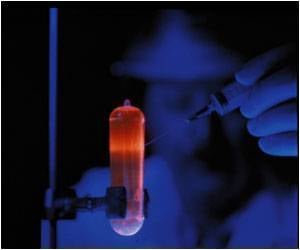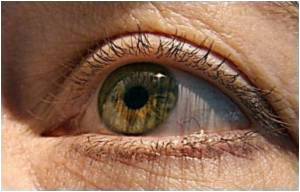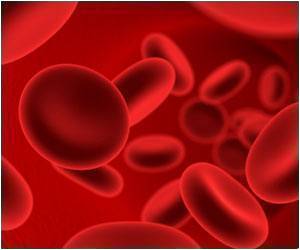
‘In photothermal therapy, an agent is introduced into a tumor, and then the region is irradiated with near-infrared light (NIR). The Nanorods made of bismuth sulfide acts the agent that absorbs the NIR light and converts it to heat. This local overheating can kill the tumor cells while healthy tissue is left unaffected’
Tweet it Now
Nano materials made from the semiconductor bismuth sulfide (Bi(2)S(3)) are well suited for this job. Researchers working with Haiyuan Zhang at the Chinese Academy of Sciences (Changchun, Jilin, China) have now been able to clarify the mechanisms that underlie the photothermal properties of these materials. Building on this knowledge, they have been able to improve the photothermal performance of bismuth sulfide nanorods by adding gold nano-dots to their surface.In simple terms, it works like this: In semiconductors, light can excite negatively charged electrons to such a degree that they jump to a higher energy level called the conduction band. This leaves behind positively charged "holes."
Recombination of the electrons and holes releases energy, which is transferred into the crystal lattice, causing it to vibrate. This vibrational energy is released into the environment as heat. Certain defects, known as deep level defects, in the crystal lattice promote this type of electron-hole recombination.
In Bi(2)S(3) nano-materials, which are synthesized in excess of Bi and a shortage of S, the lattice will have locations with missing sulfur atoms or places in which a Bi replaces an S. Both of these can act as deep defects.
Increasing the number of deep defects or increased introduction of electrons to these deep defects could increase the photo thermal efficacy of Bi(2)S(3) nano materials. This is where the gold atoms play a role. Gold atoms bind sulfur atoms and keep them out of their lattice positions. This results in more defects.
Advertisement
The nanorods are very visible as contrast agents in CT scans of tumors in mice because they preferentially aggregate in tumor cells. Inhibition of tumor growth with the gold version of the nanorods under irradiation with NIR was significantly increased over gold-free nanorods.
Advertisement
Source-Eurekalert









